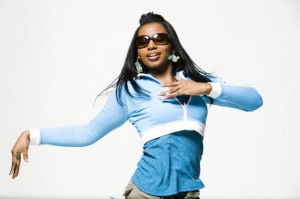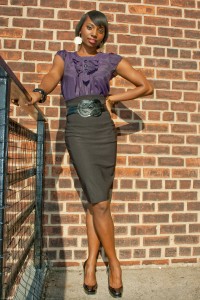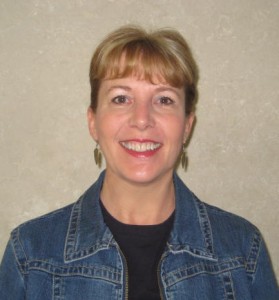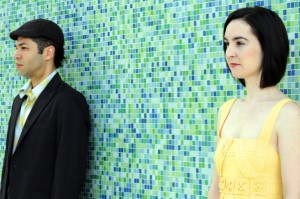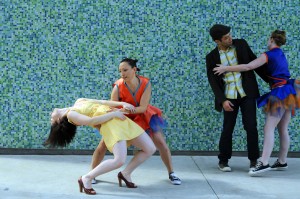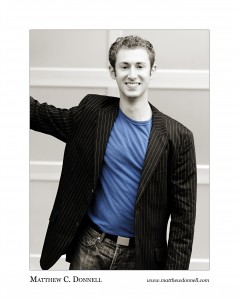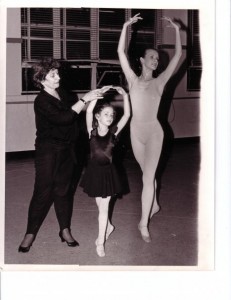 When I was a child, my dance teacher did something wonderful–she had us reverse combinations. Most of the time she would do this with small jumps, and it really made us think quickly. At first it was very hard, but after a while, I began to understand how to break things down into pieces and do them in reverse.
When I was a child, my dance teacher did something wonderful–she had us reverse combinations. Most of the time she would do this with small jumps, and it really made us think quickly. At first it was very hard, but after a while, I began to understand how to break things down into pieces and do them in reverse.
This helped prepare me for complex combinations later in my career. I was always able to pick things up fairly quickly, and I truly think that this is one of the reasons why.
One caveat–don’t do this with beginning students. They have enough work to do in terms of doing things properly. Reversing combinations is something best left for intermediate and advanced classes.






